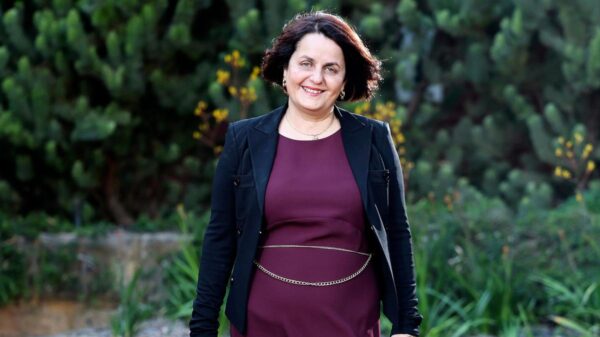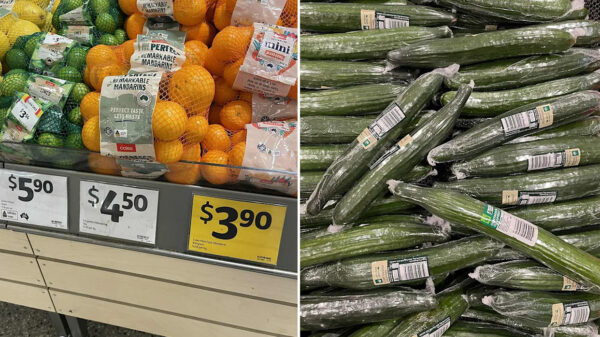Research conducted at the University of California, San Francisco (UCSF) has shed light on the intricate process of cell division, revealing how chromosomes separate with remarkable precision. In a study published in March 2024 in the journal Nature, scientists captured the action of molecular ‘scissors’ that play a crucial role in this process.
During cell division, genetic material must be evenly distributed between two daughter cells. Duplicated chromosomes, known as sister chromatids, remain linked by a protein complex called cohesin. This ring-shaped structure is essential for holding the chromatids together until the appropriate moment for separation arrives.
The research team utilized advanced imaging techniques to observe how cohesin interacts with the molecular machinery responsible for chromosome segregation. Their findings indicate that these molecular ‘scissors’ act with high precision to ensure that each daughter cell receives an identical set of chromosomes.
Understanding the dynamics of this process is vital, as errors in chromosome separation can lead to significant health issues, including cancer. The UCSF team hopes that their work will contribute to better diagnostic tools and treatment options for diseases linked to chromosomal abnormalities.
The study highlights the importance of cohesin not only in maintaining the integrity of genetic information but also in its role as a regulatory mechanism during cell division. As the researchers note, the ability to visualize these interactions opens up new avenues for exploring the complex choreography of cell division.
In summary, the work from UCSF represents a significant step forward in our understanding of how chromosomes are accurately separated during cell division. The implications of this research extend beyond basic science, potentially impacting therapeutic strategies for various diseases related to chromosomal errors.



































































